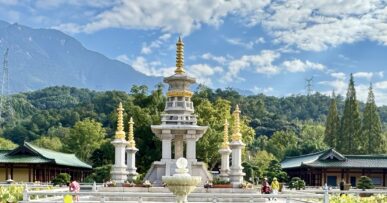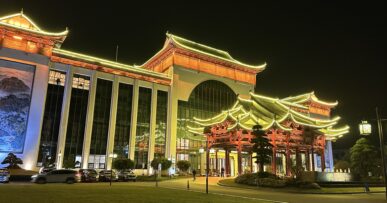- Jiuzhaigou – one of China’s Natural Masterpieces
- Leshan – a cornerstone of Chinese Buddhist heritage
- Chengdu – home of pandas and spicy food
- Datong – Carved in Stone, Alive with Spirit
- 5 hotels with character in Jiangxi
- 5 Unique Ancient Villages in Jiangxi’s Wuyuan County
- Jiangxi – a land of mountains, rivers and ancient towns
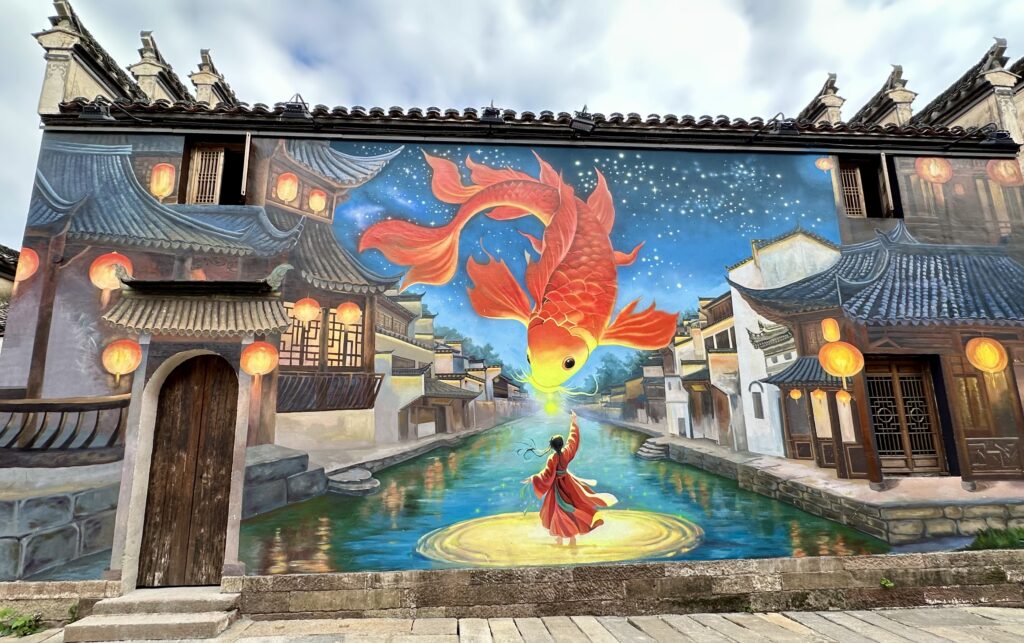
During my recent trip to Jiangxi, I collected so much information and so many photos that it’s impracticable to put them all in 1 blog. So I decided to do 3 separate blogs, the other 2 being “Jiangxi – a land of mountains, rivers and ancient towns” and “5 hotels with character in Jiangxi”
At first glance, ancient villages in China seem all alike with arches, temples and quirky old dwellings, very much like historic European towns with their ubiquitous churches, bell towers and unique buildings. Yet, beyond their superficial similarities, they have their very own character and charm!
Xiangao Ancient City 弦高古城
Xiangao Ancient City in Wuyuan boasts a history of over 1200 years, having been founded in 740 AD (during the Tang Dynasty)
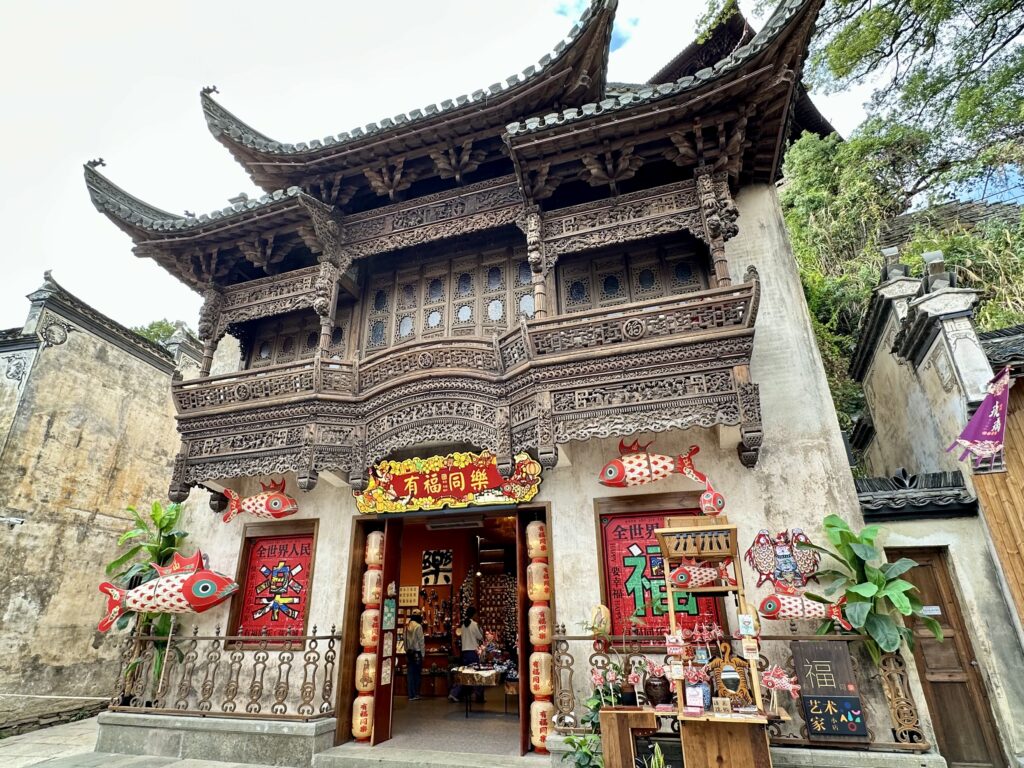
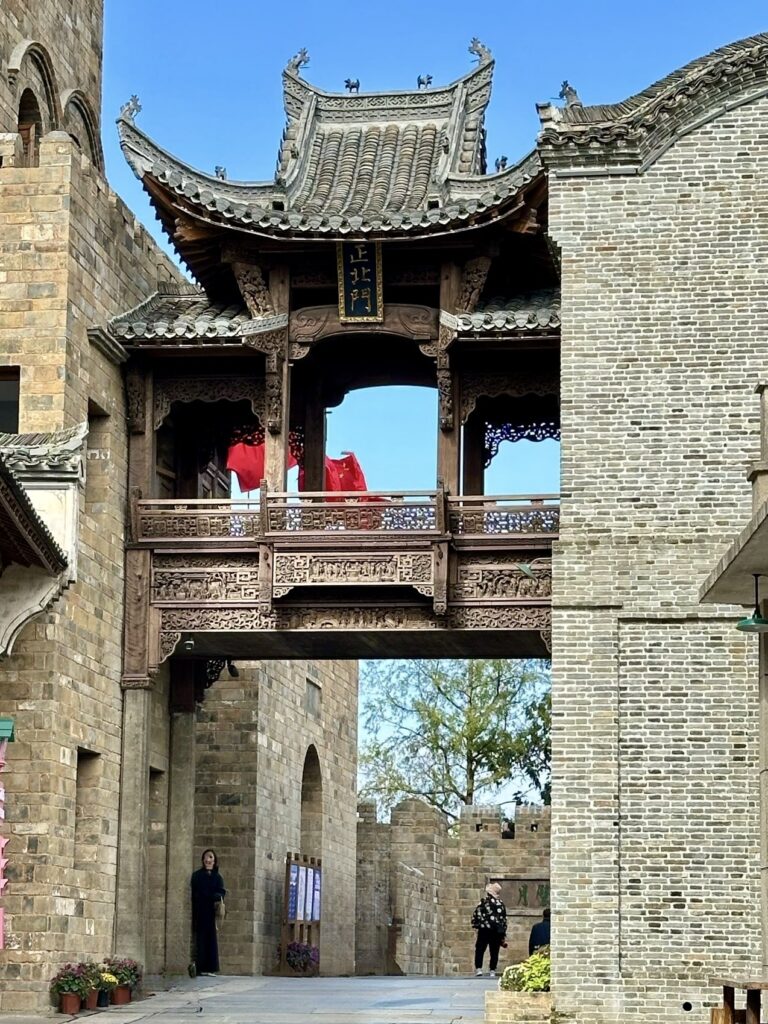

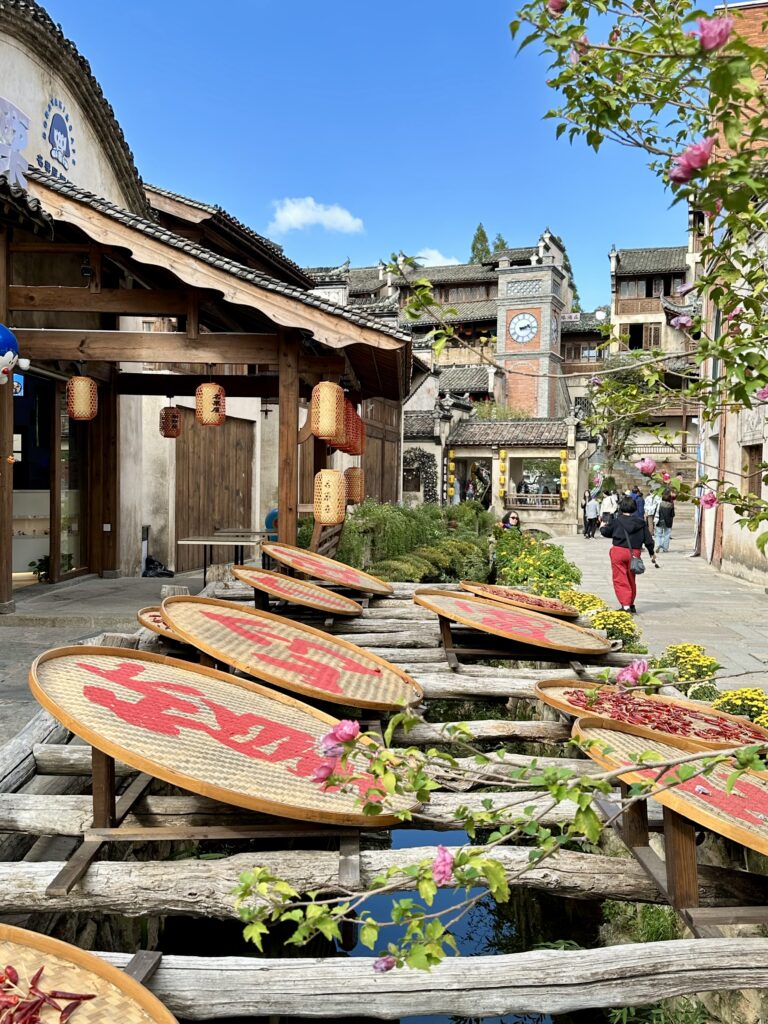
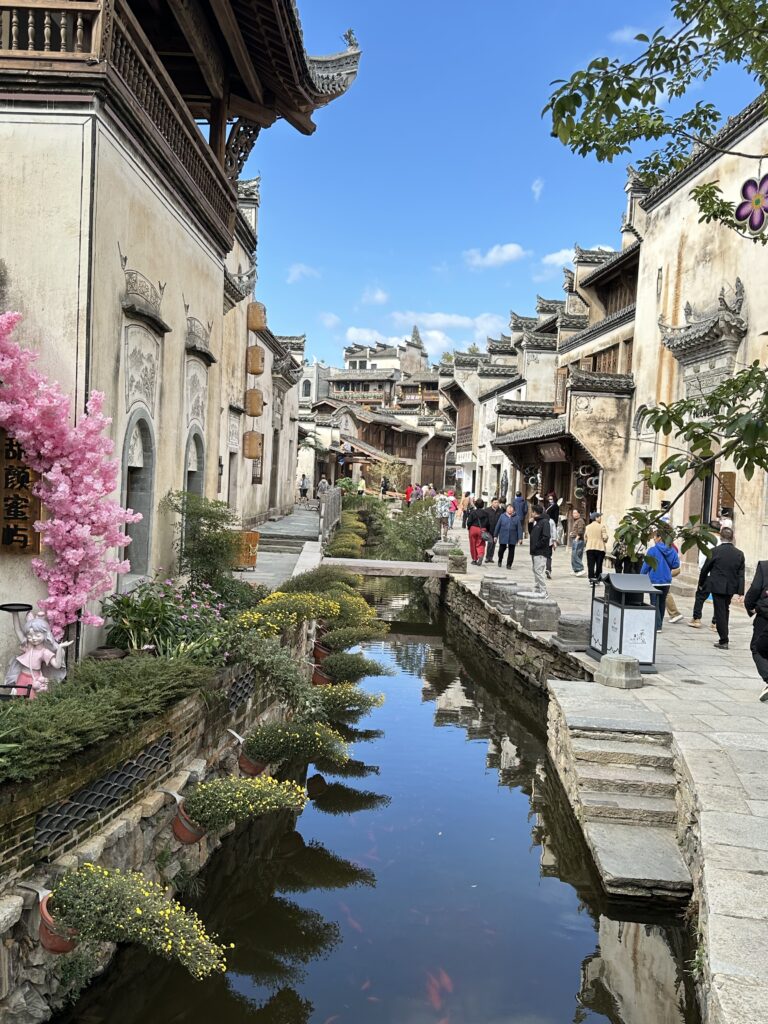
I was intrigued by the symbols of fish everywhere. Then I found out the legend. Apparently a fish saved everyone in the village from a flash flood, as depicted in this beautiful mural.

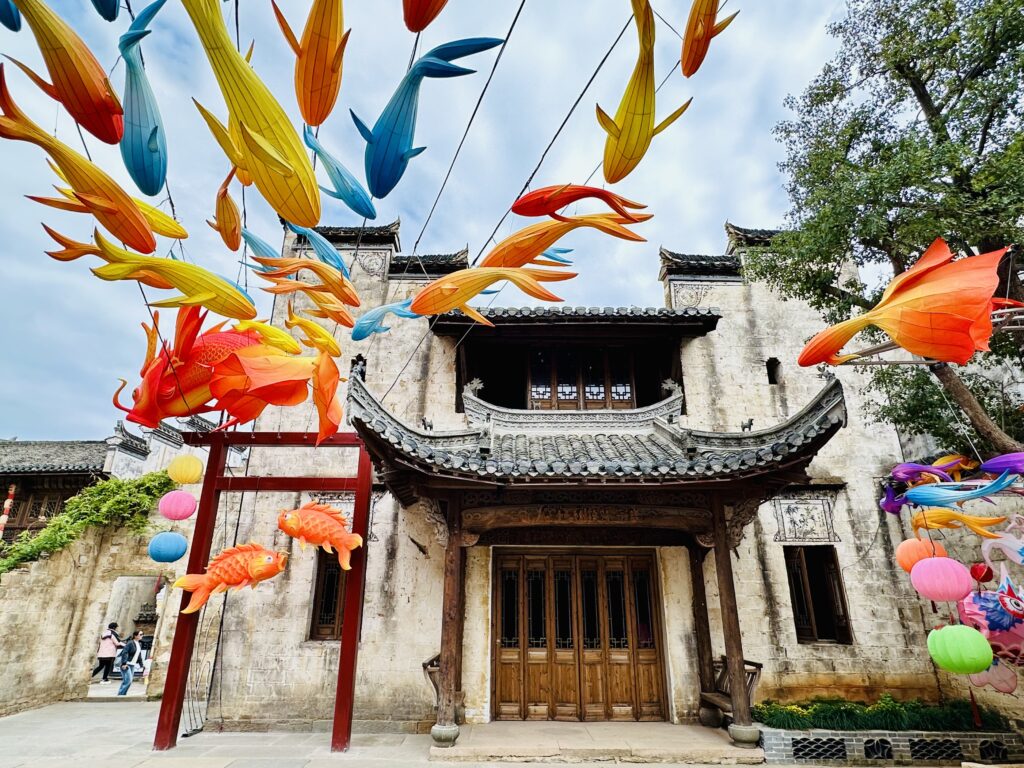
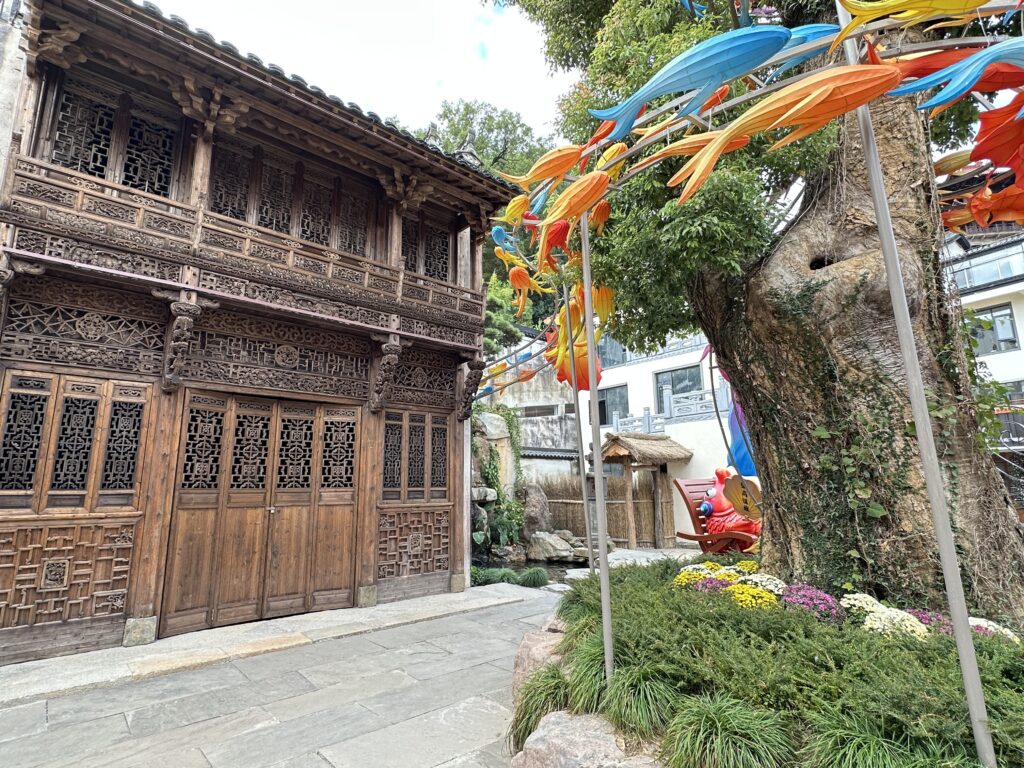
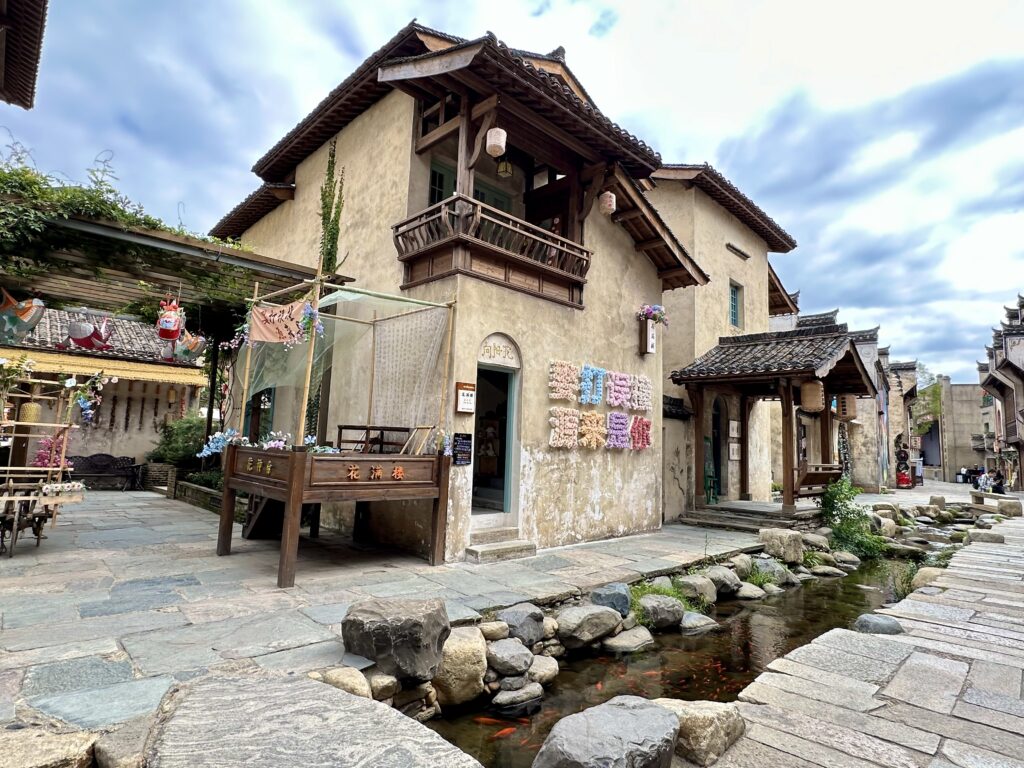
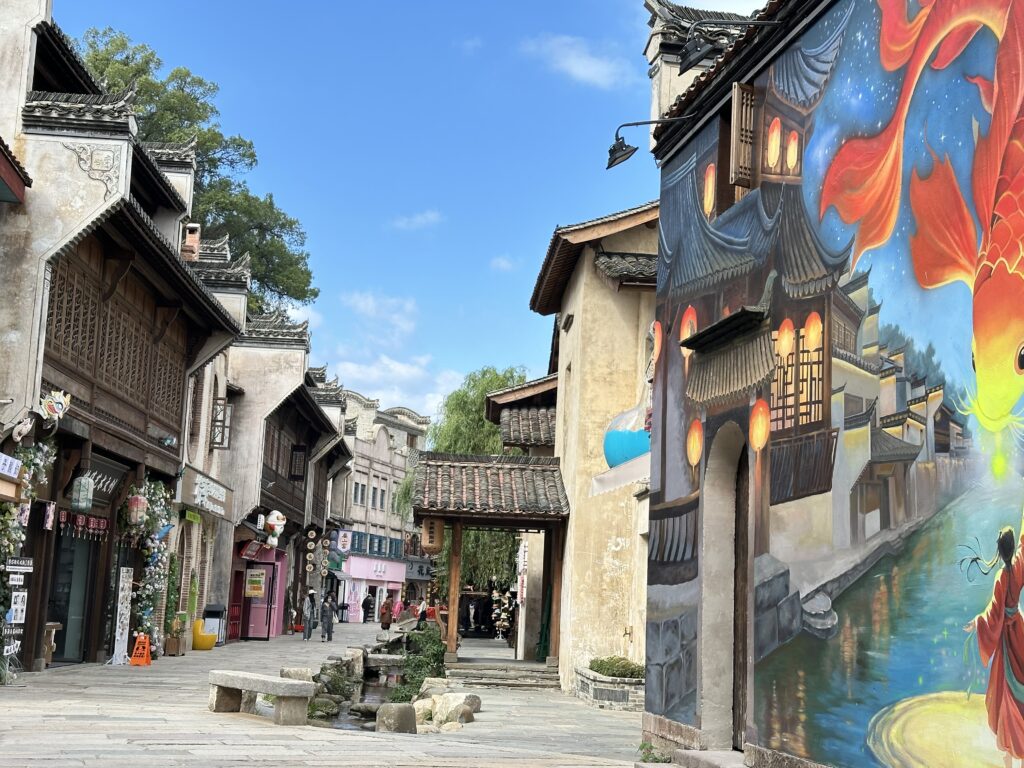
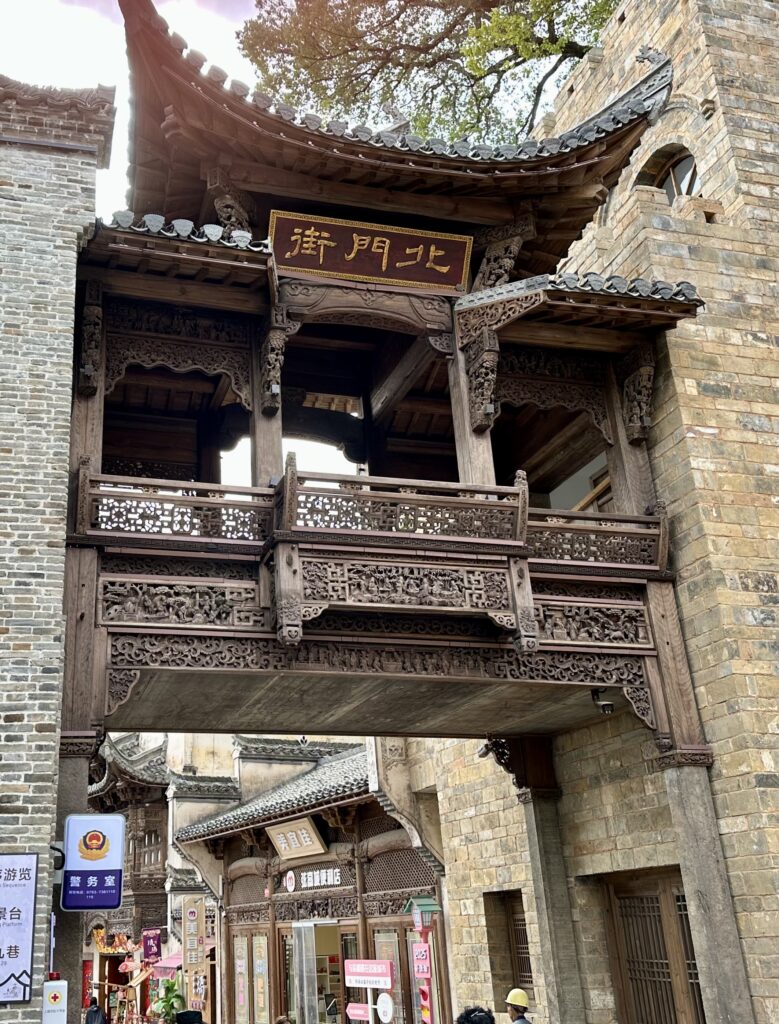

Huangling Village 婺源篁嶺
The ancient village of Huangling has a history of nearly 600 years. It was built on a cliff with hundreds of Hui-style houses scattering on the slope with a drop of 100 metres.
Being named by National Geographic as one of the prettiest villages in China guaranteed it to be a crowd-puller. When we got there around 10.00 the carpark was choc-full of coaches and cars and the narrow paths were teeming with people going in both directions! I wasn’t sure if I was enjoying the experience as I followed the group in and out of significant buildings. Fortunately we had 3 hours to explore by ourselves afterwards.
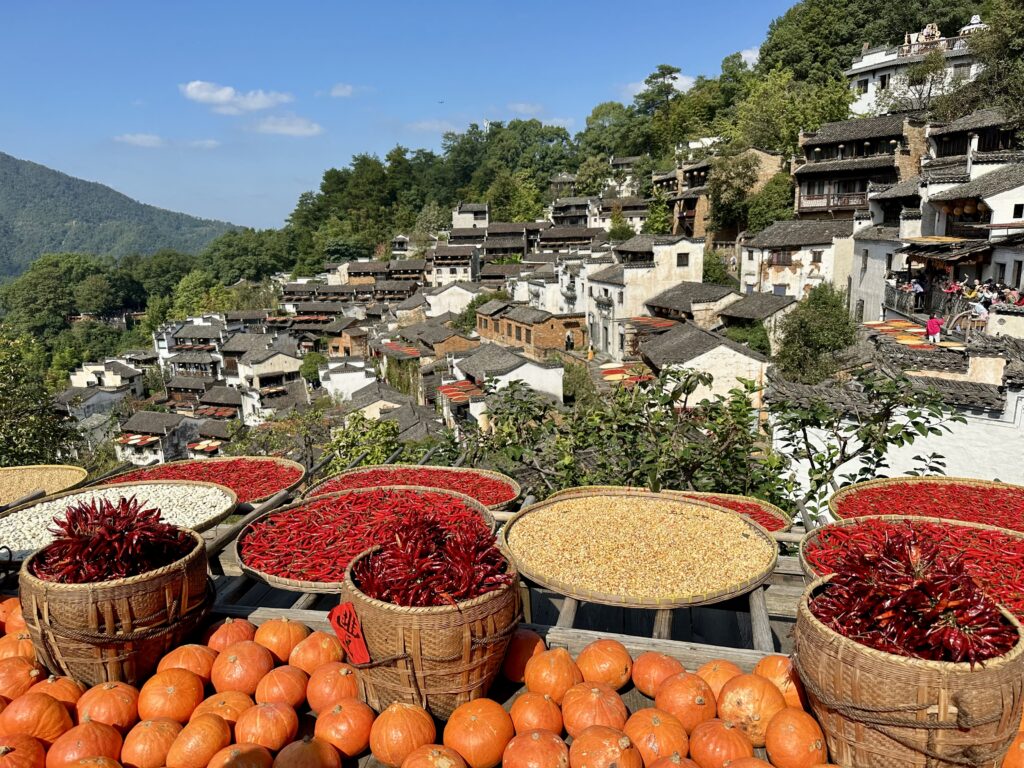
There’s no denying the unique charm of this village. During the harvest season from September to November the village rooftops are covered with vibrant displays of drying crops like chilies and corn against the backdrop of terraced houses, fields and mountains.

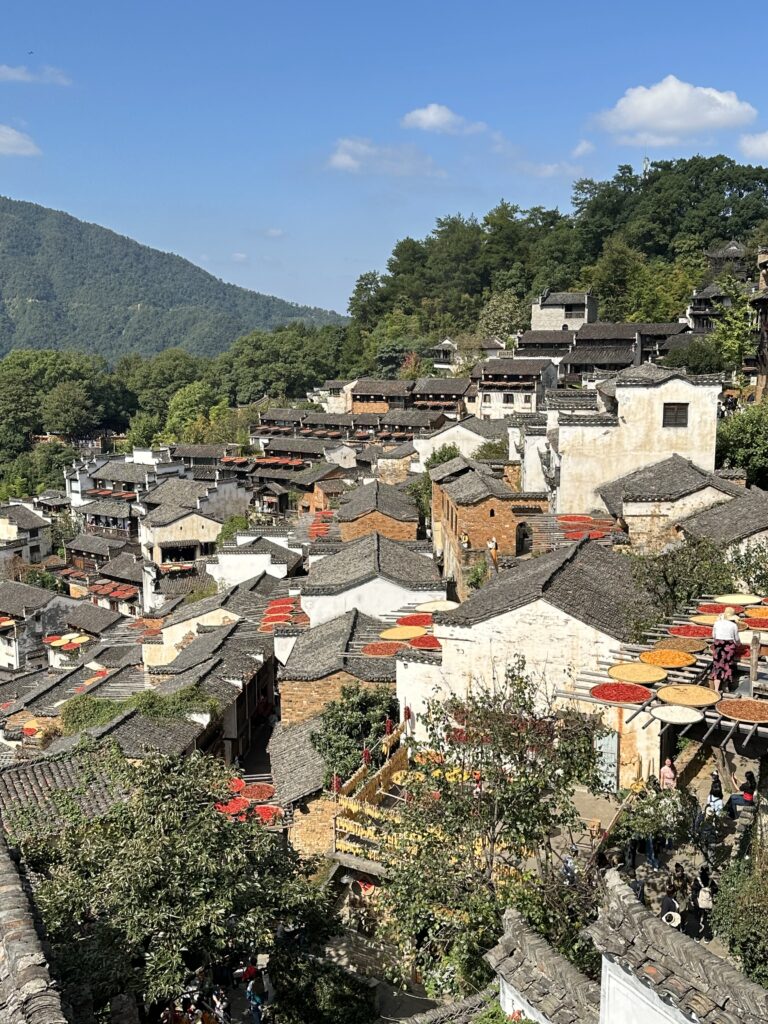
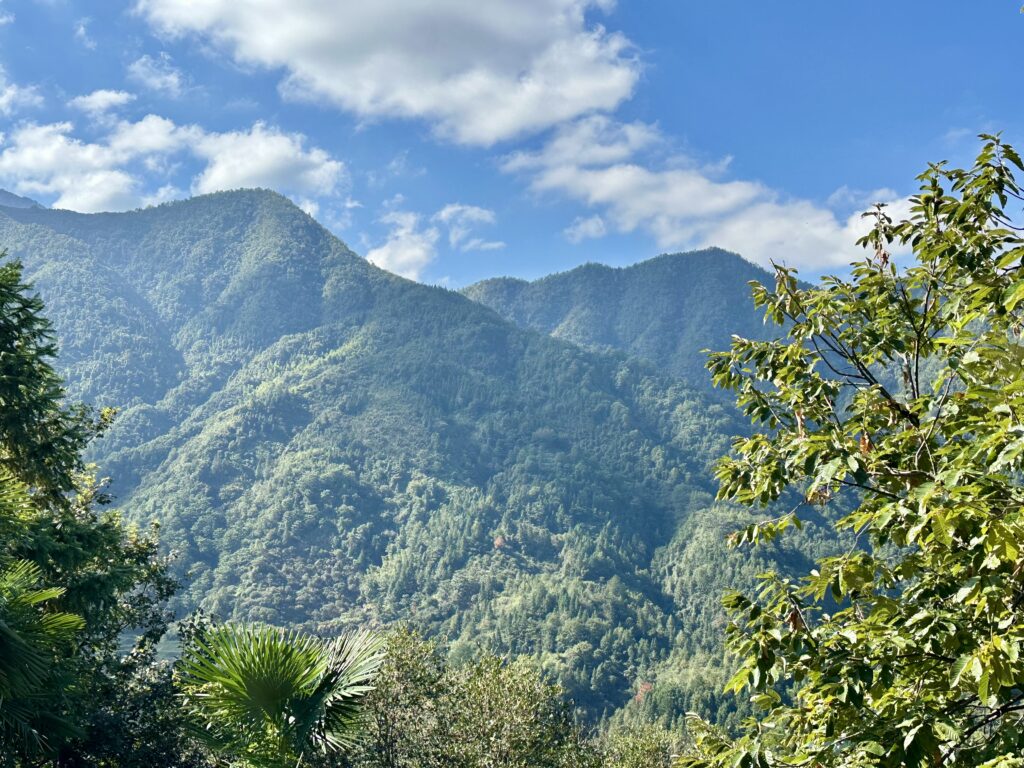
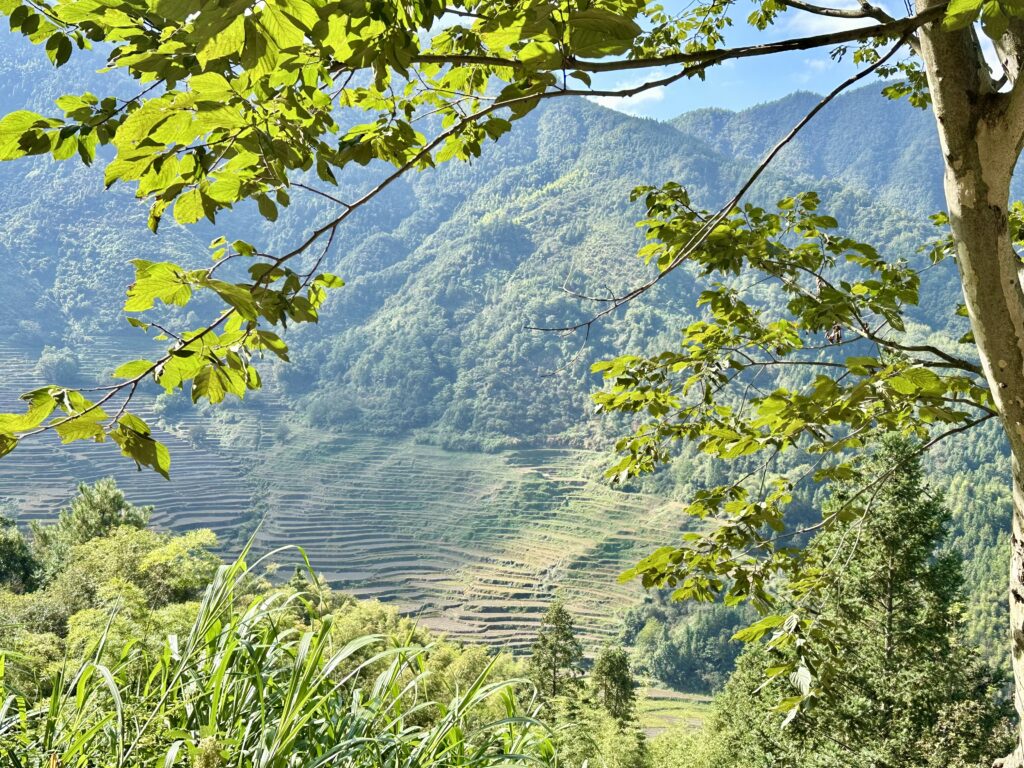



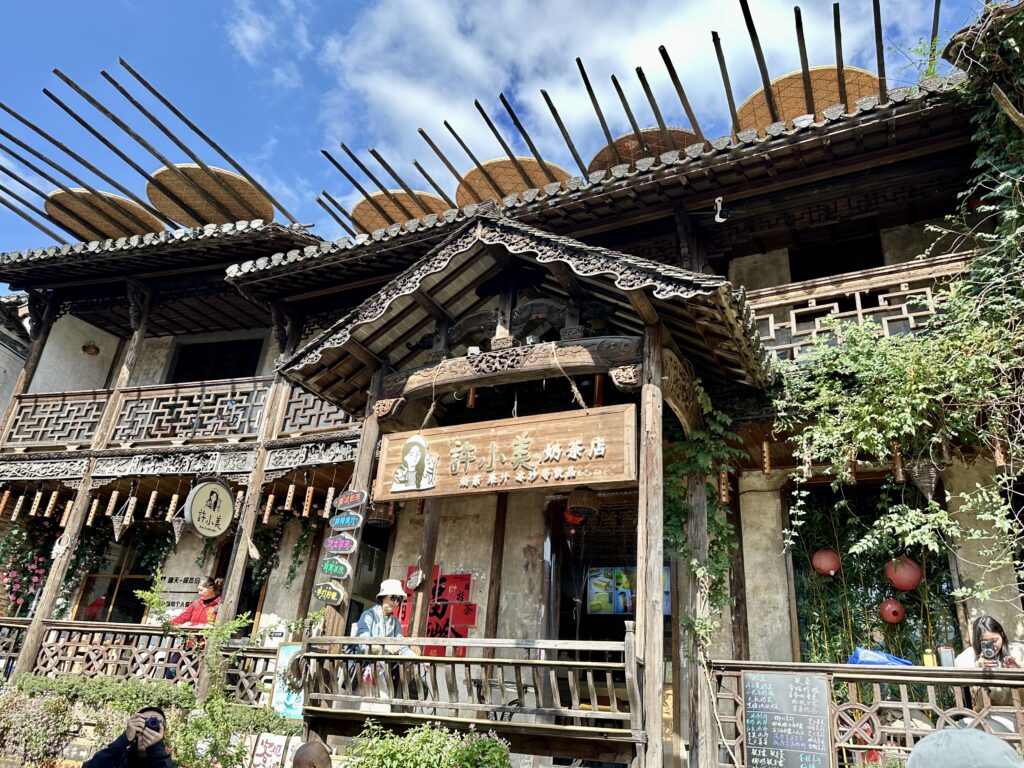
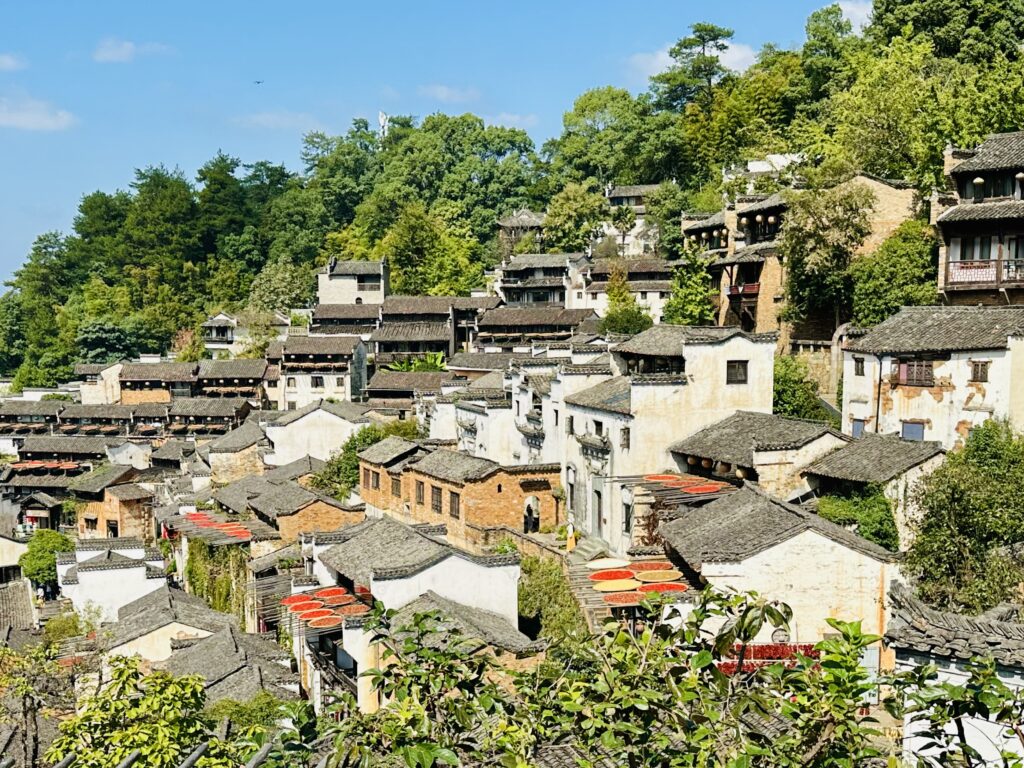

Our tour guide arranged for this after-lunch activity. There’re 2 large sheets printed in red and yellow. The one in Chinese says “Welcome Hong Kong Wing On VIP tour”. Our tour group members filled the words in red with dried chillies and those in yellow with dried corns. The result was rather effective!

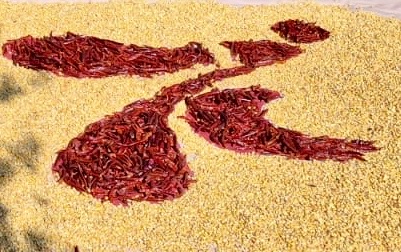
Likeng Ancient Village (李坑古镇)
Likeng Ancient Village was established in 1010 AD, during the Song dynasty, by the Li family clan. It’s mainly inhabited by people with the surname Li. The residential houses from the Ming and Qing Dynasties were built along the stream in distinctive white walls and black tiles and small bridges
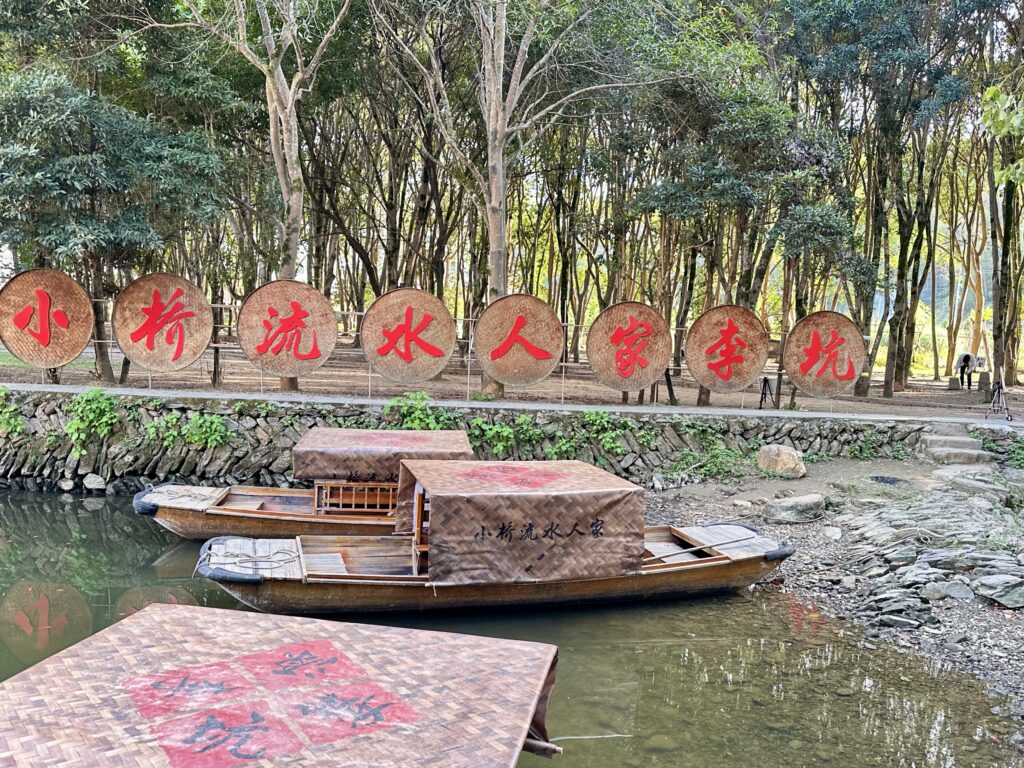
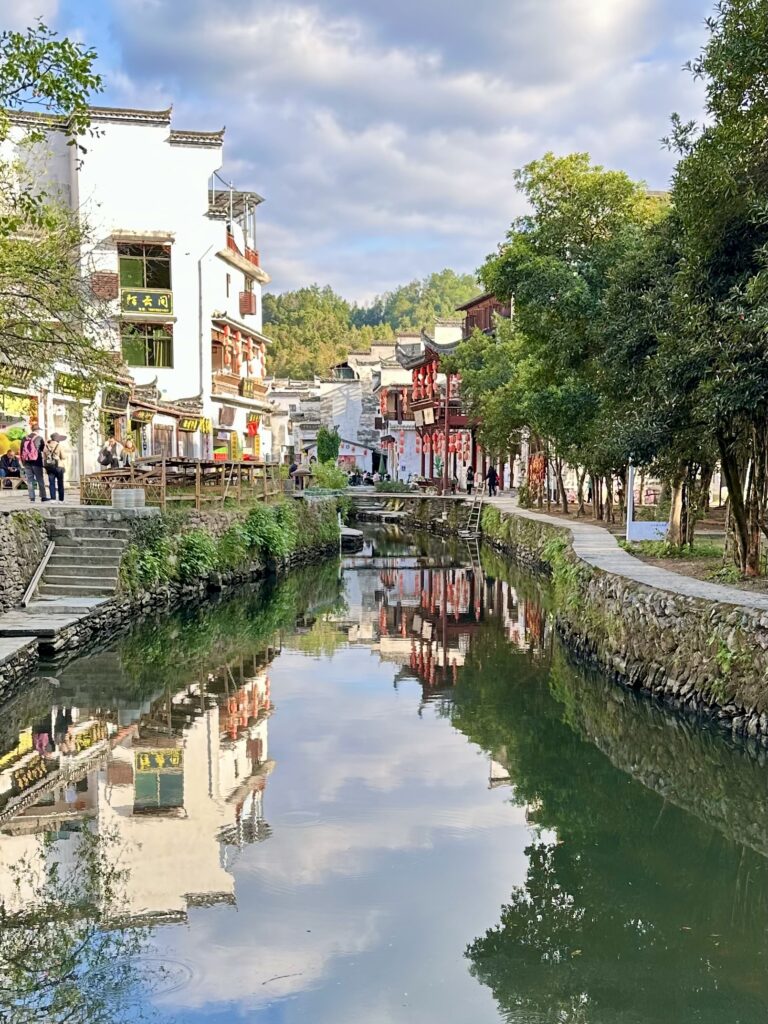

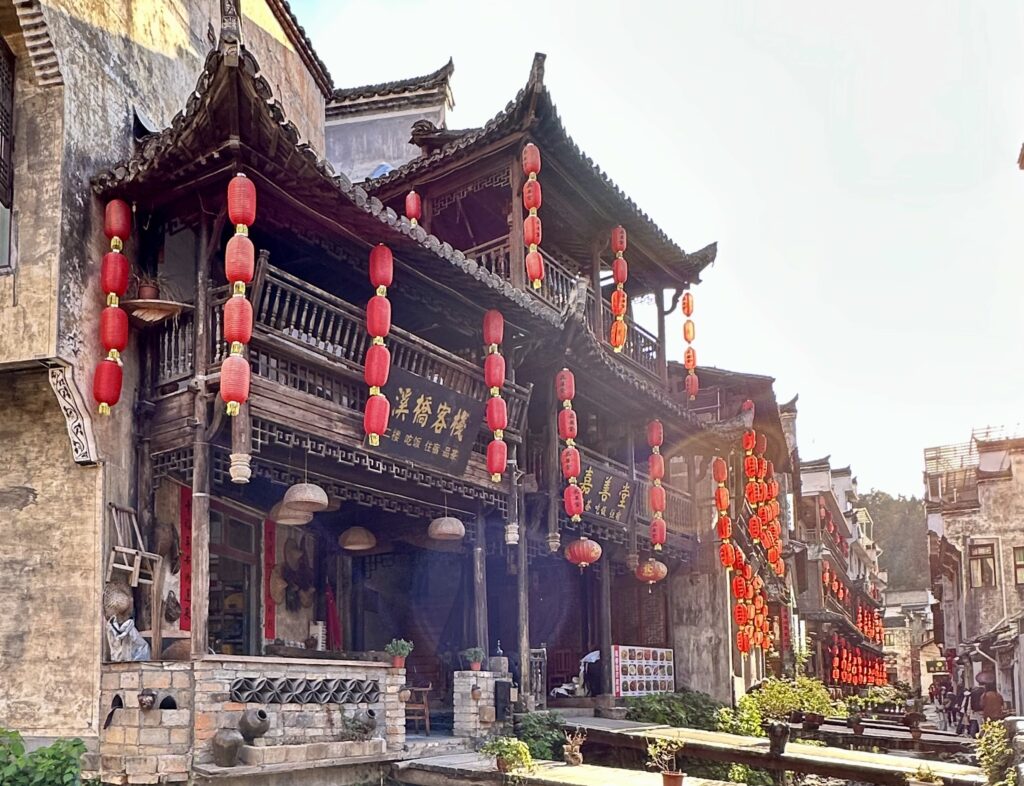
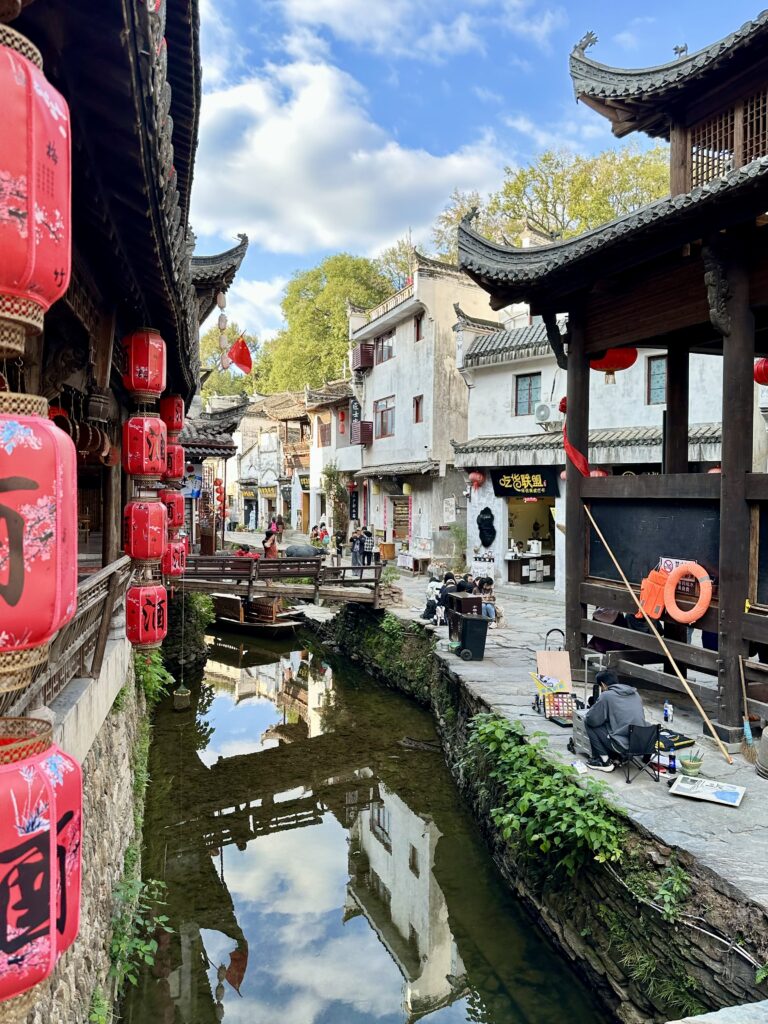
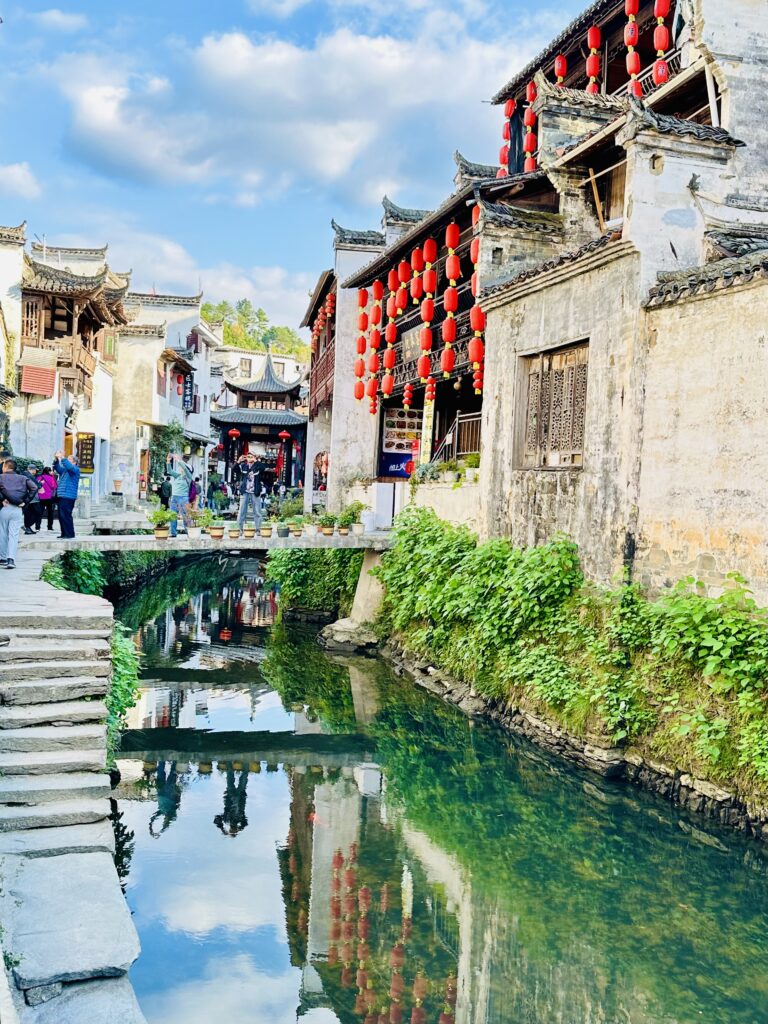
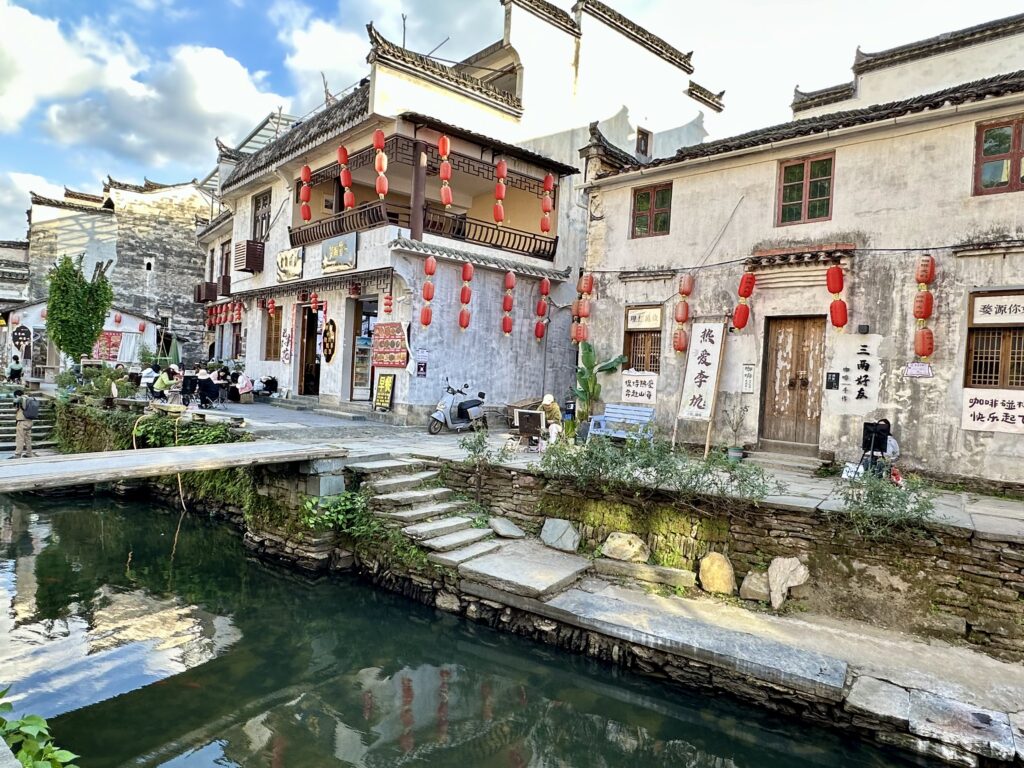
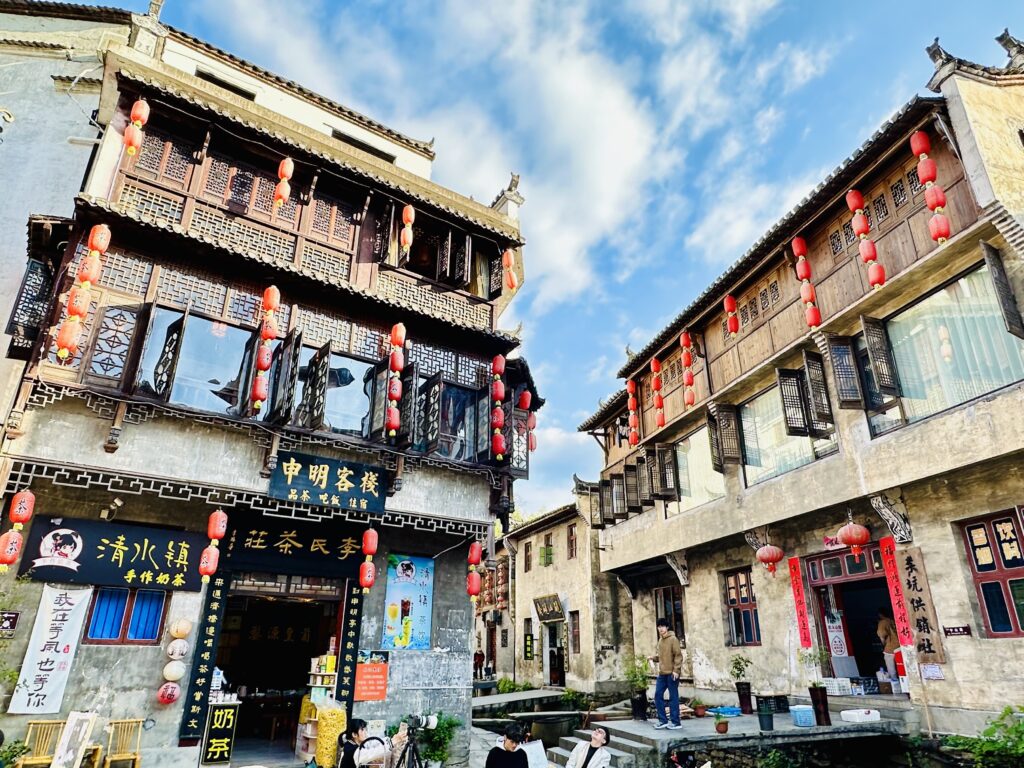


Jujing Village 菊徑村
This small village with about 1,400 inhabitants was founded in the early Song Dynasty with a history of 800 years. Surrounded by mountains and water on three sides, its round, concentric layout earns it the name “the most circular village in China”. The panoramic view from the viewing platform across the road was worth the climb of about 100 steps!
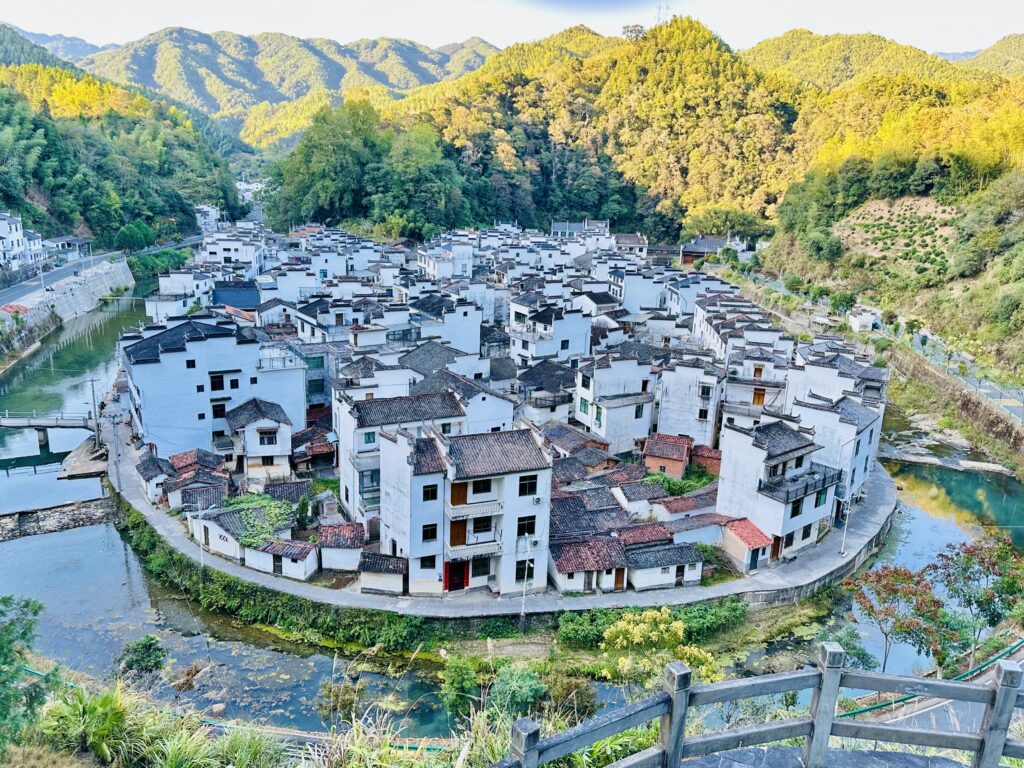
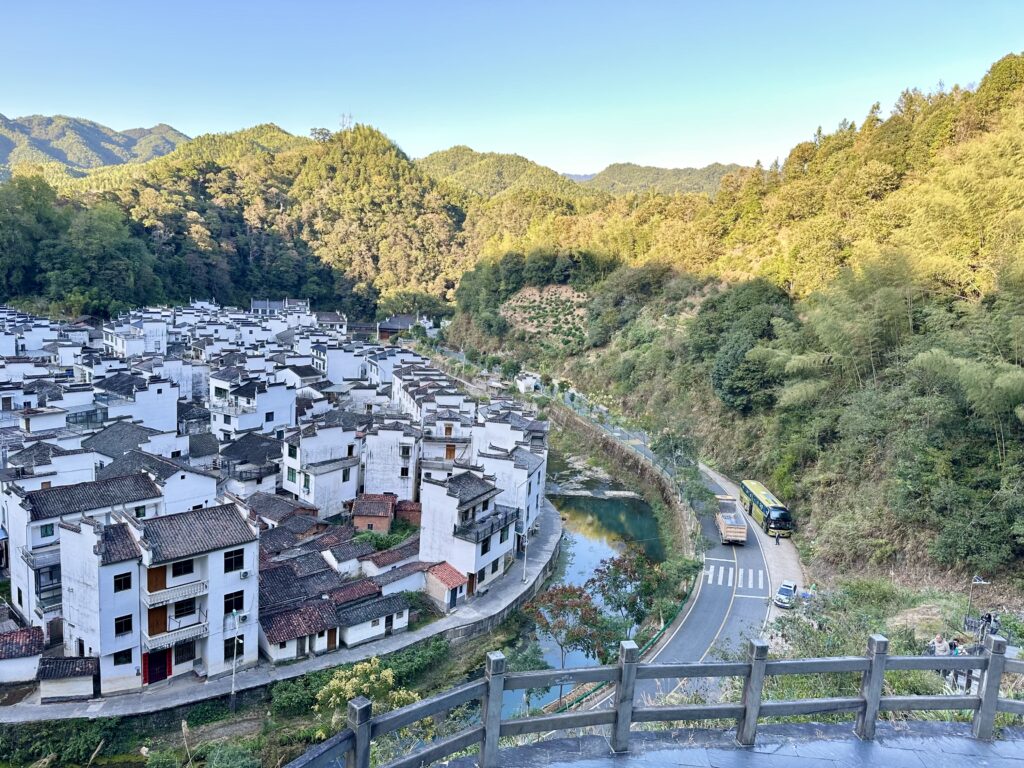
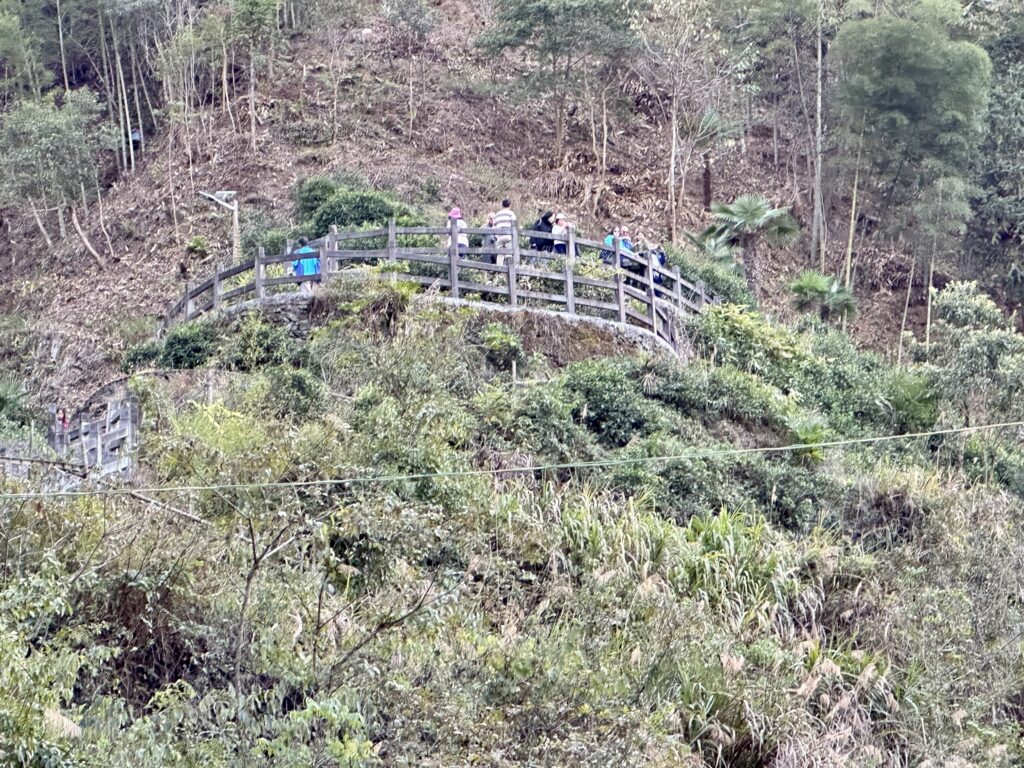
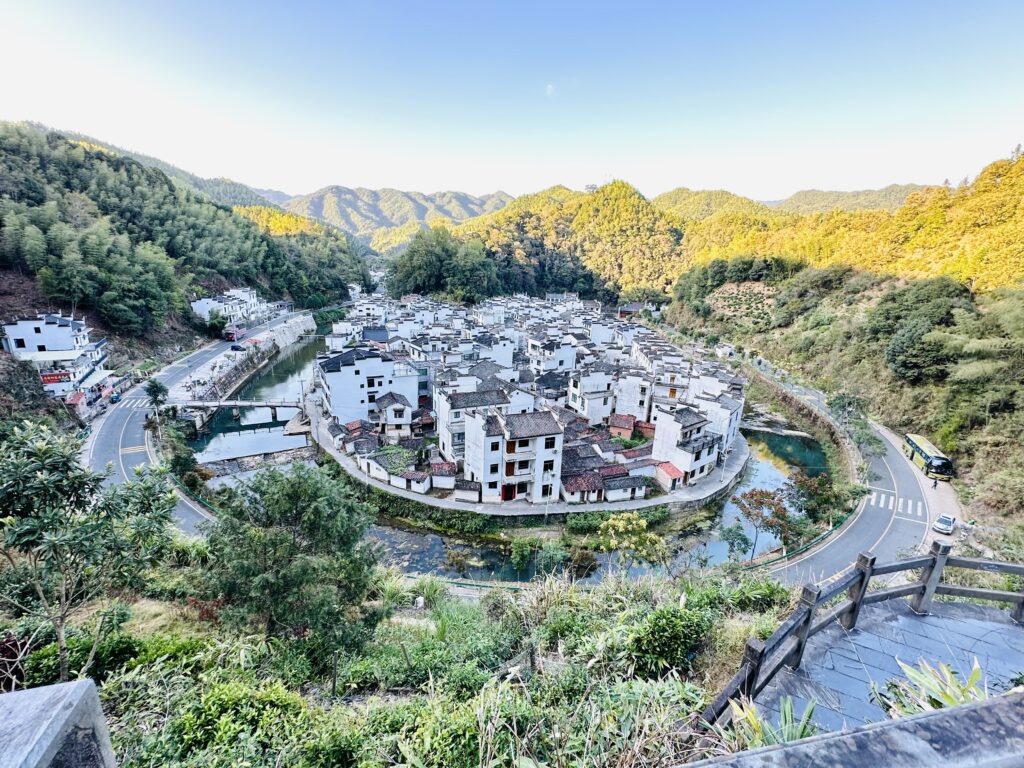
Wuyuan Shicheng 婺源石城
This village is famous for its traditional Hui-style architecture of white walls and black-tiled roofs framed by vibrant blaze of autumnal colours. The houses were indeed unique, but alas, the colours had to be left to the imagination!

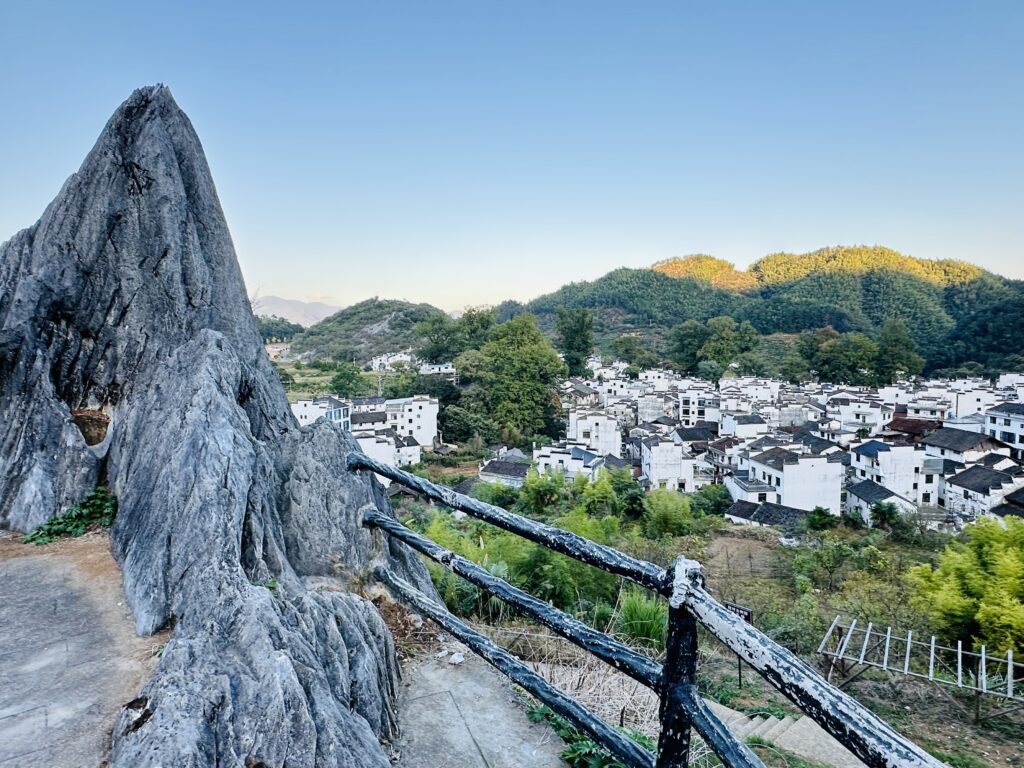
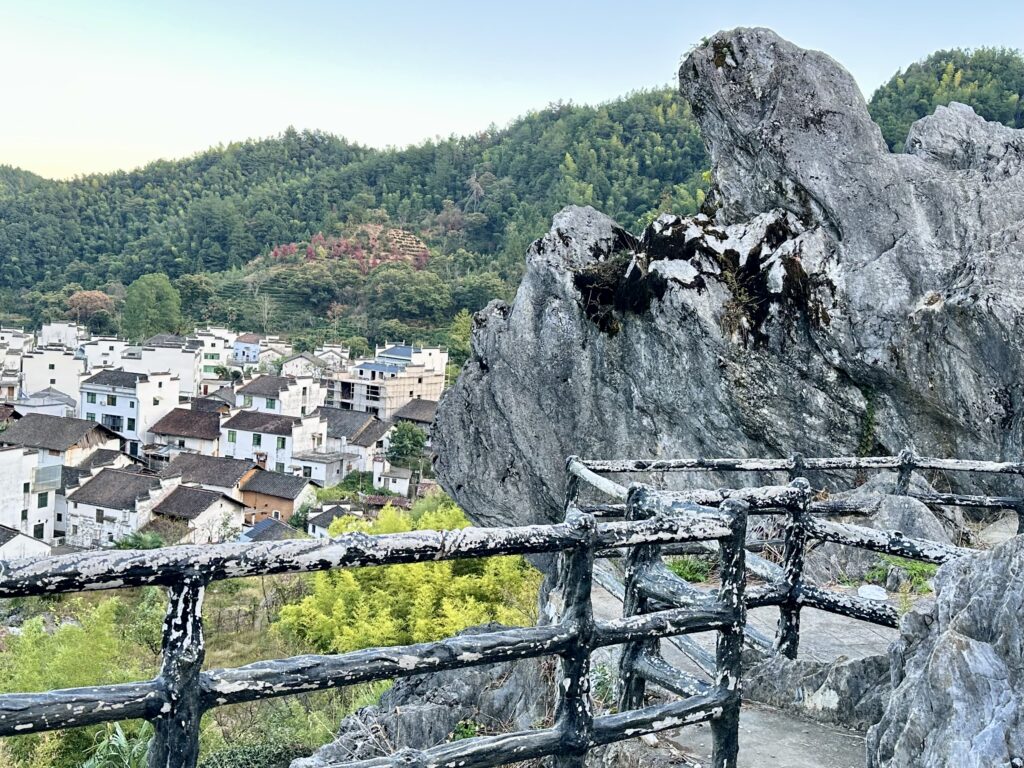
Memories of this trip



